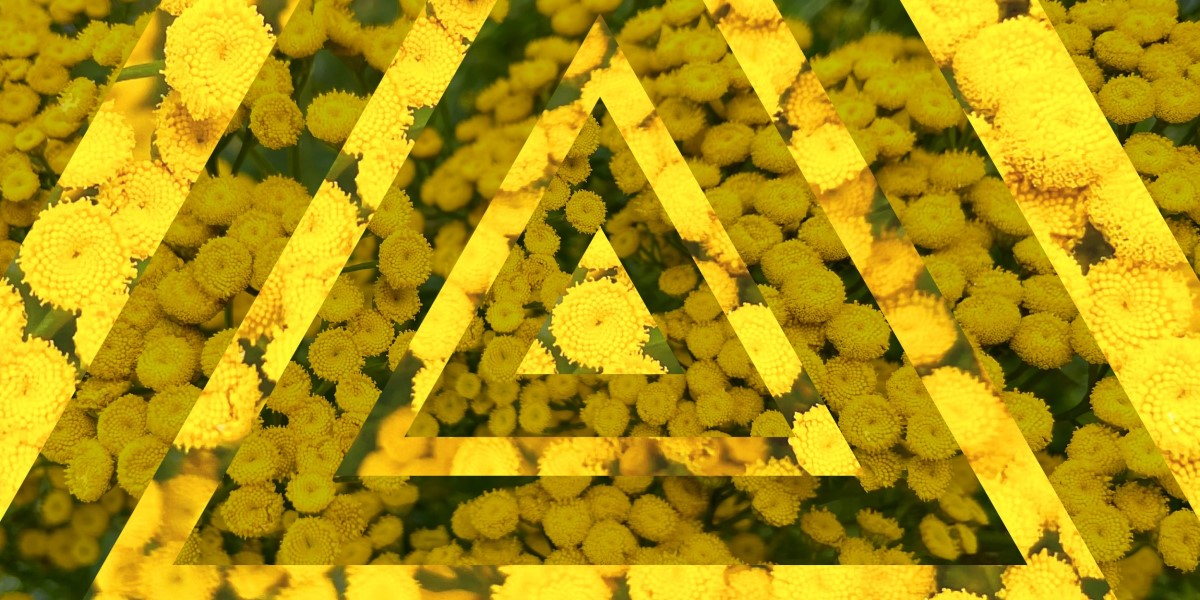
Davana – a note that smells like Nirvana
Davana (Artemisia Pallens) is a small aromatic plant native to India that belongs to the asteraceae family (Asteraceae syn. compositae). It often grows near sandalwood trees and is characterized by silver-blue leaves and many fragrant, yellow flowers. The essential oil is obtained from these pretty flowers, and also from the leaves, by steam distillation, but different fragrance oils of improved olfactory profile require further fractional distillation. To the eye, all davana oil look like a yellow or yellow-brown liquid; from a chemical point of view the main components are davanone, davana ethers, bicyclogermacrene, ethil cinnamate, nerol and geraniol … together with some thirty molecules of the original plant.
In India, Davana has been used and appreciated for religious rituals and ceremonies for centuries: fresh Davana flowers were offered to Shiva (god of destruction, but also of transformation and evolution), almost certainly as a sign of recognition of their therapeutic properties. Davana essential oil boasts a herbal tradition as ancient as vast and it’s still used in aromatherapy and ayurvedic medicine as a mood enhancer, to restore good cheer, emotional balance and relaxation, and for its disinfectant and soothing properties on the skin.
FYI Davana is also considered to be an aphrodisiac.
This said, you probably are now asking yourself: what does Davana smell like?
Everybody's Changing, and Davana doesn't feel the same
Well, this is a powerful, captivating and quite unique note. And – more than most notes – it can develop multiple facets according to the individual wearer’s skin and body chemistry. Since it behaves like a chameleon, you won’t find two people giving the same definition of Davana: some will give precise details telling you it’s a sharp herbal bitter green note with a balsamic undertone. But others will say it’s sweet, velvety, warming and rich with hints of wood. Some find in it a tea-like or even dried fruit smell. Again, a few will tell you it smells just like heaven. And the fun fact is, everyone will be equally right!
One fact is sure: it’s mostly used in oriental and ambery fragrances, chypre and fougère compositions.
Davana usually has a place in the top and middle notes; very rarely in the base notes; and it blends well with a variety of olfactory families: good combinations are with light notes like osmanthus, bergamot and lavender, middle notes such as tuberose, rose and ylang-ylang, or base notes such as vetiver, moss, tonka bean, benzoin, Peruvian balsam, patchouli and, of course, sandalwood.
Davana is anyhow unmistakable and adds an energy boost and a refined depth, bringing something magical to any fragrance: she seems to have an invisible touch.
GENERAL DISCLAIMER
Although the information contained in this document is presented in good faith and believed to be correct, Moellhausen makes no representations or warranties as to the completeness or accuracy of the information. This document is provided on an “as is” basis. No representations or warranties, either express or implied, of fitness for a particular purpose are made herein with respect to information or products to which information refers. Moellhausen shall not be liable for any irresponsible, improper or illegal use, direct or indirect, of the information or the products represented herein and it shall not be liable for any damage arising from any use in connection therewith.
©Copyright 2018, by Moellhausen S.p.A – All Rights Reserved. Any review, retransmission, spreading or other unauthorized use of, or taking of any action in reliance upon, this information is prohibited.



